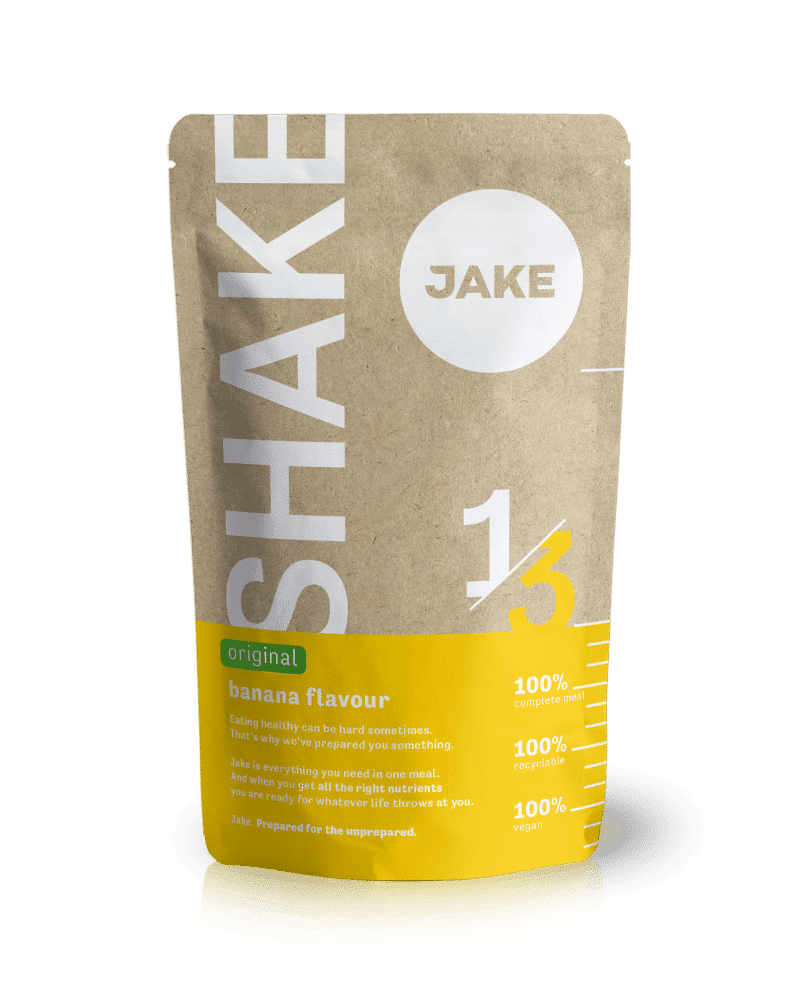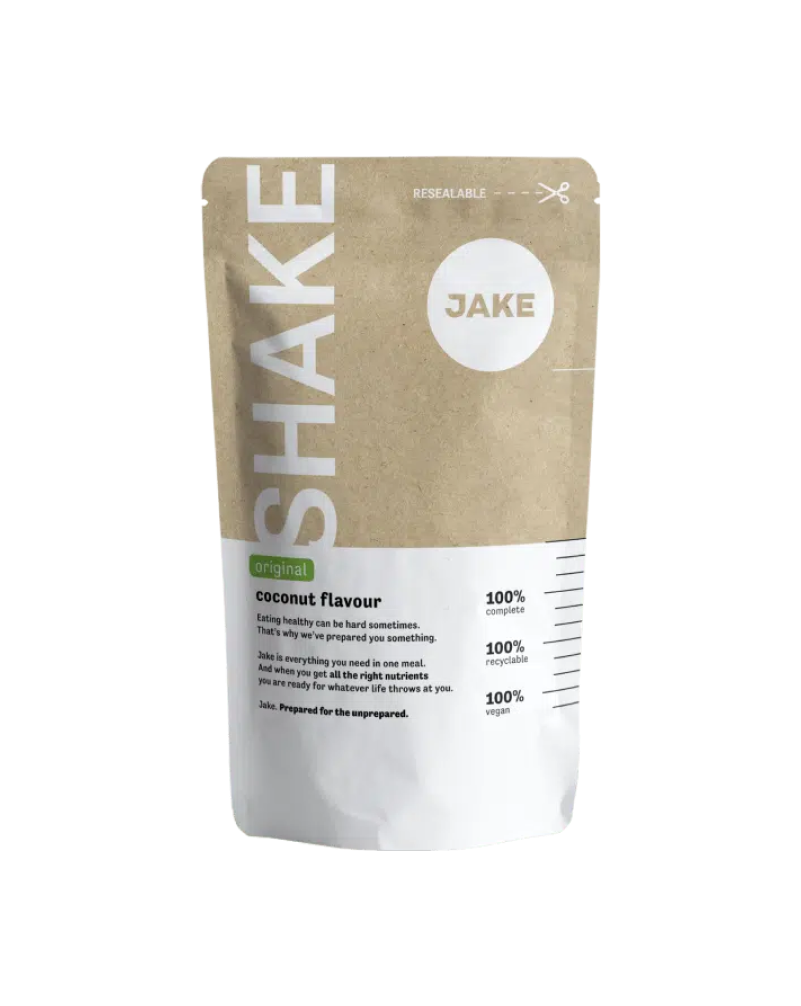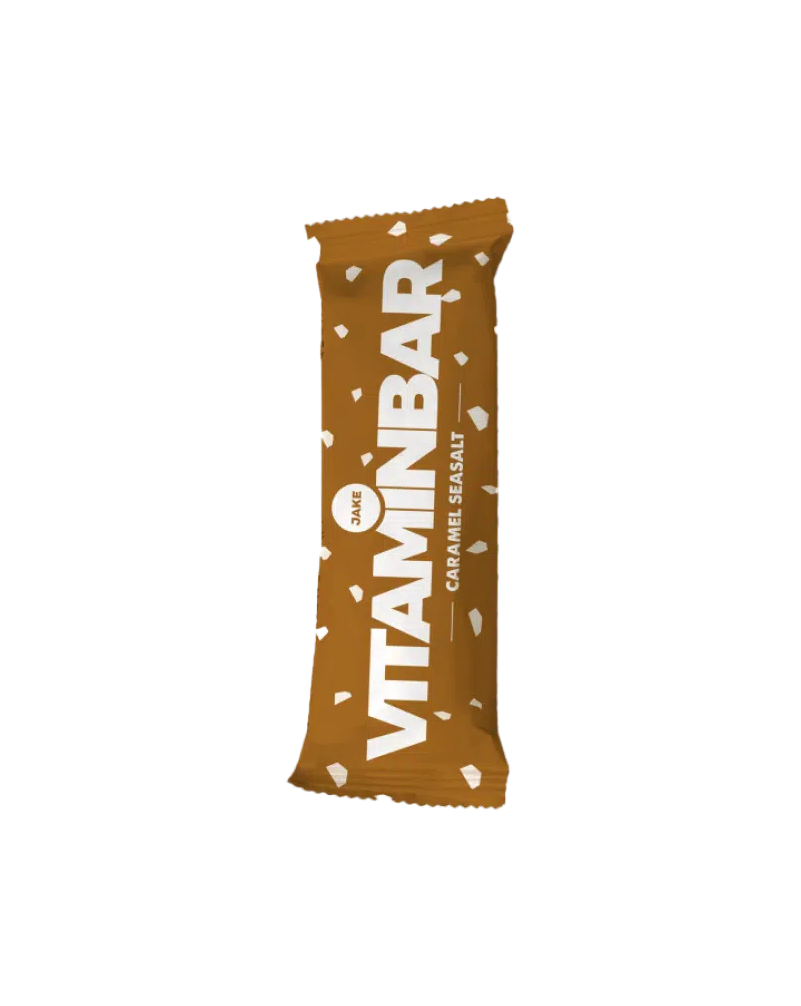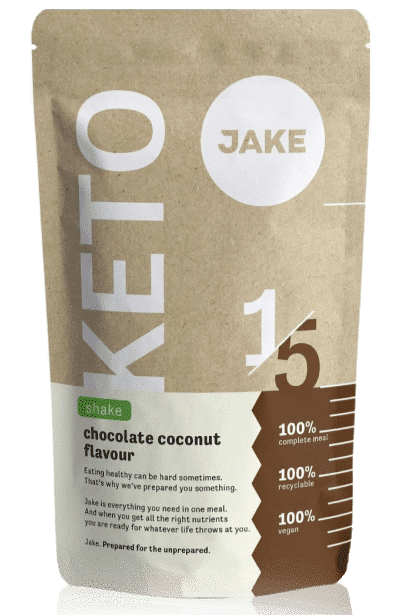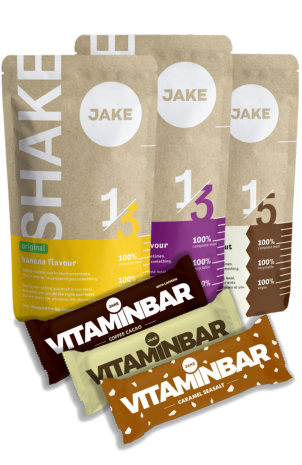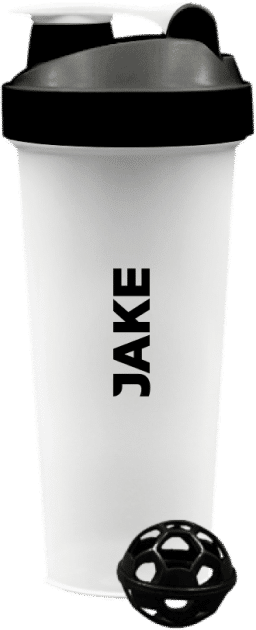4-minute read•March 19th, 2019
Have you ever wondered how Jake is made? Why do we pick certain ingredients and leave others out? Between the moment we come up with a new product idea and the moment you can order a box of it to your home, there’s a rigorous process we follow. Here’s a sneak peek into the main criteria we use for ingredients selection.
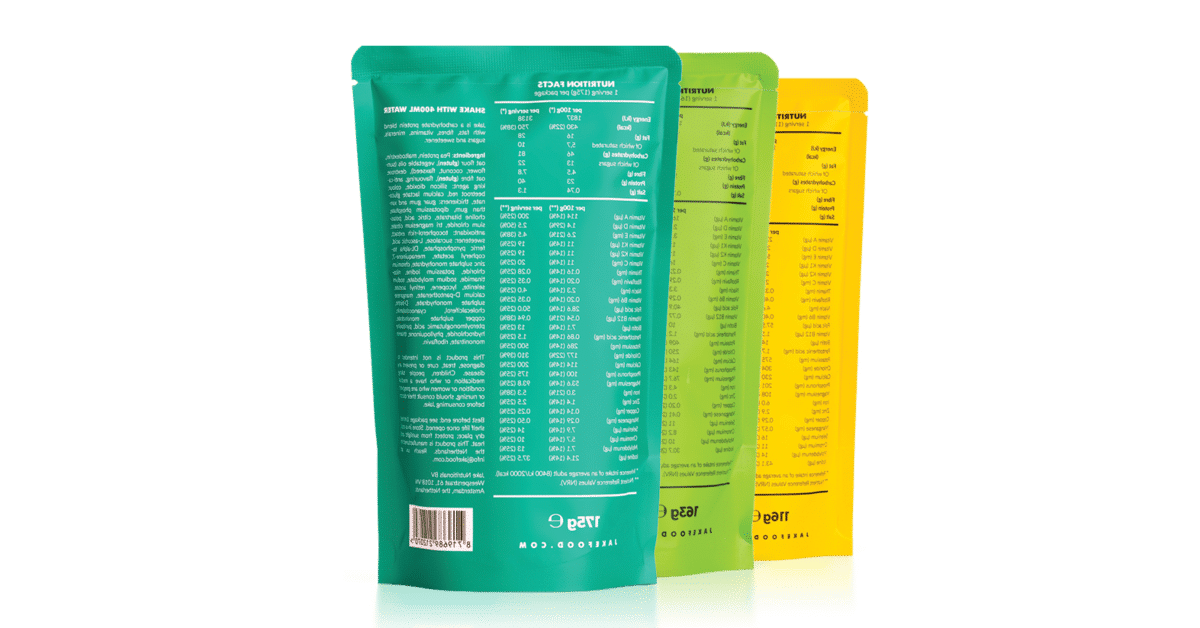
#1: Does your body need it?
Any food you eat is broken down into its constituent elements during digestion. Your body only requires some of these, which it cannot make itself – they’re known as essential nutrients and they are the must-haves of a healthy diet. The rest is mostly waste which is excreted from your body.
As complete food, Jake contains only what your body needs – that means all the essential nutrients, and none of the waste. That’s our starting point for deciding what goes into a product.
But how do we know which nutrients exactly your body needs?
Our primary guideline is the scientific advice of the European Food Safety Authority (EFSA)Source: EFSA, which carries out scientific work on behalf of the EU. EFSA regularly reviews nutrients to establish their safety, their effect on your body and the recommended daily allowance. When a conclusive or recent enough scientific opinion isn’t available from EFSA, we consult the guidelines of other authorities such as the EU Scientific Committee on FoodSource: EU Scientific Committee on Food, the World Health Organization (WHO)Source: WHO, the Food and Agriculture Organization of the United Nations (FAO)Source: FAO, or the US Food & Drug Administration (FDA)Source: FDA. Based on the combined recommendations of these institutions, we know which essential nutrients and how much of them we need to include in Jake.
Next to essential nutrients, we might also consider non-essential nutrients in Jake. However, only on the condition that there’s sufficient evidence of the health benefits they bring. After all, our end goal is to provide you with what your body needs – no less, but also no more.
Ingredients research doesn’t stop when Jake is produced. We proactively keep track of new findings and make adjustments to the type, amount or ratio of ingredients in Jake, if there is sufficient scientific basis to do so. For example, based on the latest research findings at the time, three years ago we added vitamin K2 and doubled the amount of vitamin D in our original shakes.
- What we don’t include
Ingredients you’ll never see in Jake are ingredients whose long-term health effects aren’t sufficiently established. Think of all the substances that get hyped for their supposed health benefits – like glucosamine for treating arthritis, or ginkgo biloba for improved memory. In most cases, hype substances show promising results in rodent or in vitro trials, which means nothing yet regarding their effect on humans. That’s why when we consider a novel ingredient for Jake, we check whether randomised clinical trials on humans are available. And if they are – whether they span over at least a few years. This allows for slow-manifesting side effects to surface. In case of any doubt or insufficient information, we’d always prefer to skip an ingredient.
What about food allergies? We try to stay away from allergens as much as possible. By not including animal ingredients, we’ve already excluded four of the ‘big 8’Source: FARRP food allergens. We’ve chosen not to use nuts in Jake either, which brings us down to two major allergens – soy and wheat. None of our current products contain soy. The only allergen currently in Jake is gluten from oat flakes and hydrolysed wheat. This may affect you if you have a wheat allergy, celiac disease or you’re diagnosed with gluten sensitivity.
#2: How does it impact the environment?
It’s impossible to look at our health as separate from the health of our surroundings. Jake is an opportunity to address both. On the one hand, it gives us control of the nutrients our body gets. On the other hand, we have control over where these nutrients come from. We use this control to minimise Jake’s environmental impact.
One of the resulting choices we’ve made is that all our products are and will remain animal-free. This is a simple but very impactful thing to do for the environment. Meat production, especially beef and lamb production, is by far the food industry’s biggest contributor to greenhouse gas emissions. Next to that, it takes up to 25 times more landSource: Our World in Data to produce than grains and vegetables. And, what’s more, this massive resource use isn’t even justified, because you don’t need animal products to create a nutritiously complete diet.
Beyond the fact that it must be plant-based, we also look at each ingredient’s specific environmental impact. For example, there are various plant-based protein sources we could choose from. But we chose for peas and oats because they both consume less fertiliser than crops like soy or corn, which means a lower risk of water and ground contamination. Peas even add nitrogen to the soil, which helps restore the nitrogen used up by other plants grown there.
The fact that we consider environmental impact on a case-by-case basis is also the reason why Jake isn’t organic. Despite popular belief, organic ingredients aren’t always better for the environmentSource: Our World in Data. Making Jake fully organic would, therefore, not necessarily result in a more environmentally-friendly product. It might, in fact, even make it less environmentally-friendly. For a deeper look into the topic of organic vs conventional, go here.
The nutshell
To put all the above into a neat take-away message, whenever we add or adjust ingredients in Jake, these two main criteria apply:
- It’s healthy. This means it’s either an essential nutrient your body needs, or a non-essential nutrient with proven health benefits. If your body doesn’t need it – it’s not in Jake.
- Its environmental impact is minimal. This means it’s plant-based and, as much as possible, it has additional environmental benefits as well. And, no, it doesn’t necessarily mean it’s organic.
Afraid to miss out on essential nutrients your body needs? You can always take our Jake meal replacement shakes or one of our delicious meal replacement bars.
